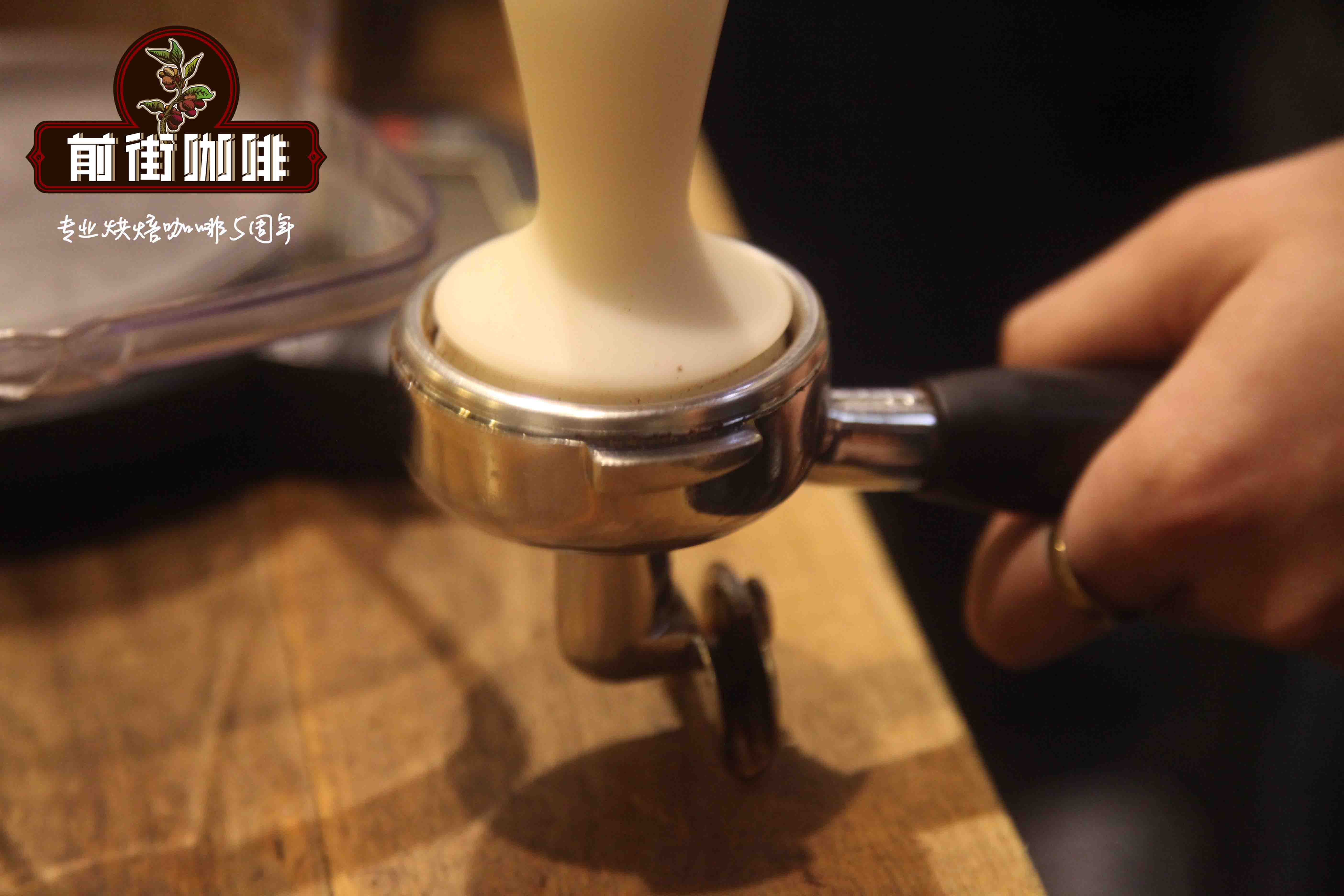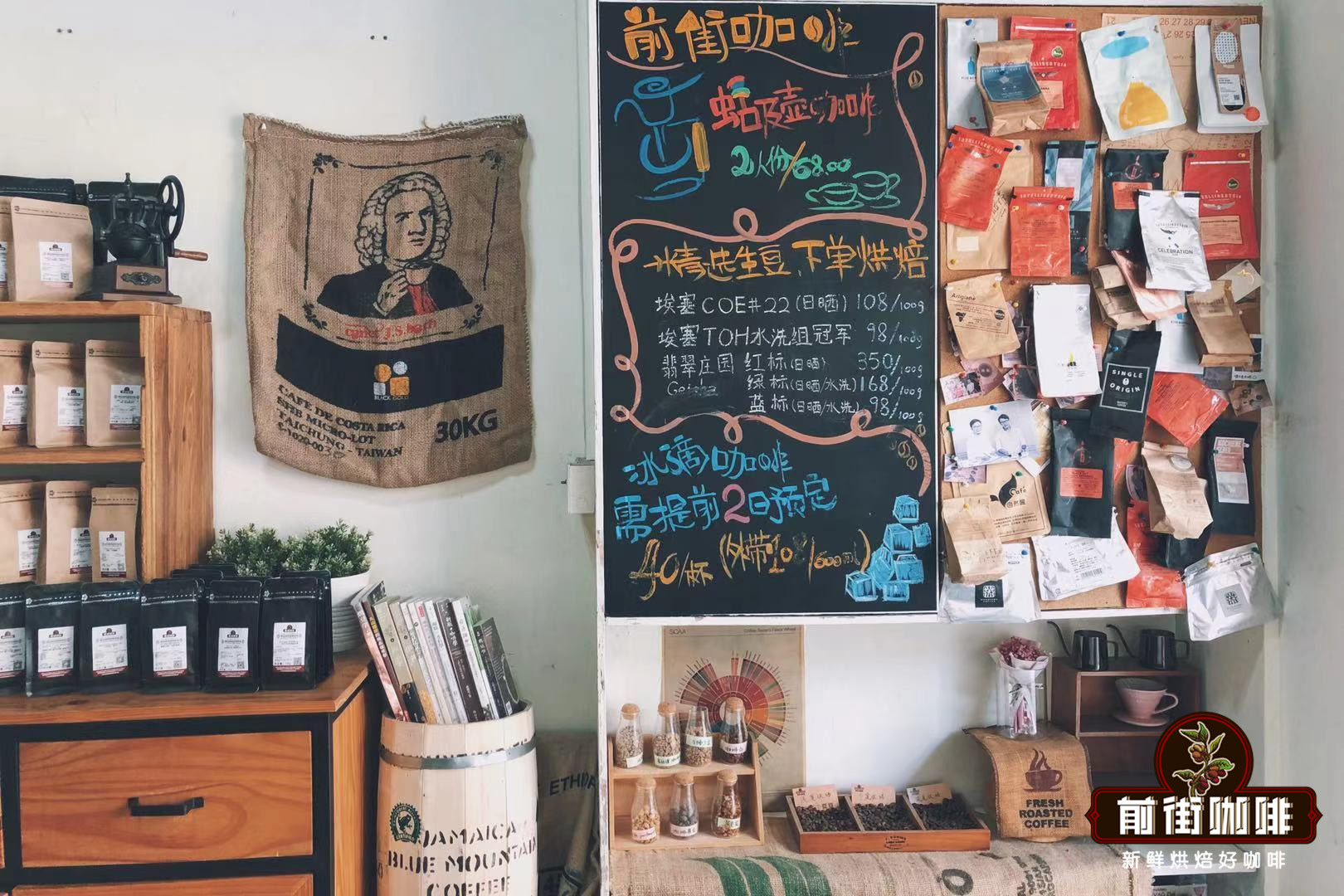What is espresso? What do Espresso solo and Espresso Doppio mean?

Professional coffee knowledge exchange more coffee bean information please follow the coffee workshop (Wechat official account cafe_style)
Espresso _ espresso _ espresso
Italian plays an important role in literature and art, which is probably inextricably linked to Italy as the birthplace of the Renaissance, and the Italian words borrowed in English more or less reflect this fact. However, literature and art, after all, belong to "high culture" (different from "popular culture" popular culture). There is some distance between literature and art and the general public, so we might as well start with the diet closest to the life of the common people.
There are so many cafes on the street that even convenience stores are scrambling to sell freshly brewed coffee. Looking at today's coffee culture around the world, the mainstream is espresso (caff è), which also means "coffee shop" in Italian.
one
"latte" many people like to drink, the milk is full of flavor. The English word for latte is latte, which comes from Italian, which means "milk". The complete word is caff è latte (coffee with milk). There are several versions of the spelling of latte in English. In addition to the standard full name caff è latte and latte for short, the prime above è is often omitted and becomes the English caffe latte, and other different spellings are not listed. The latte can also be latte art, which literally means "latte art". One thing has always puzzled me. The word "latte" always reminds me of being a black hand, and the picture of a pink collar and a petty bourgeoisie sipping mellow coffee has nothing to do with it. I don't know why people fell in love with this kind of translation in the first place.
two
A latte-like espresso is cappuccino, which is hard to spell, with two p and then two c in the middle. Cappuccino has something to do with religion because the color of coffee is reminiscent of the robes of Catholic Friars of St. Franciscans (Capuchin), hence the name.
three
Lattes and cappuccinos are coffee with milk or milk, and the coffee used is based on "espresso". This espresso is homologous with the English word express, which means "press out". The principle of espresso is that the coffee is ground into fine powder by boiling high-pressure water, and the coffee is forced out by high temperature and high pressure. Espresso has another common variant word expresso, but many experts think it is incorrect.
four
There is another kind of macchiato, the full name is caff è macchiato, which originally means "coffee with stains". Macchiato is espresso with a small amount of milk or milk foam, so that the coffee drink feels as if it is stained with white spots.
There is also a more old-fashioned "con panna", the full name is espresso con panna, which means "espresso with cream", con is the Italian with (plus), panna is the Italian cream (cream), here refers to whipped cream (whipped cream). Campbell blue is made by covering espresso with a thick layer of whipped cream.
five
In recent years, a new product of affogato has become very popular, with some translating as "Afgado" and others as "Afchido", which is a mixture of coffee and ice cream, somewhere between drinks and desserts. Affogato's approach is to pour espresso on vanilla ice cream so that the ice cream is "submerged" by coffee, which is the original meaning of Avjiaduo.
six
The maker of espresso and related drinks such as latte, cappuccino, macchiato and Campbell blue is called barista in English and translated as "barista" in Chinese. The word also comes from Italian and originally refers to "coffee bar chef". Barista's bar reveals that the place of work is in the coffee bar (coffee bar), and ista is equivalent to the English word ist, which refers to people. Barista with the first capital letter is also the English name of "Seattle Gourmet Coffee".
In 2001, Jianhong Publishing House in Taipei published Jianhong E-Generation English-Chinese Dictionary, which is the second edition of Jianhong Multi-functional English-Chinese Dictionary, which has been best-selling in the mainland for many years. As a deputy editor, I realized the charm of espresso at that time and strongly suggested that the editor-in-chief include many coffee-related entries, but it was probably that the editor-in-chief did not drink coffee, and my judgment was different from mine. I regret that all my suggestions have been rejected.
When it comes to espresso, you have to mention Starbucks. Starbucks is the world's largest coffee chain, founded in Seattle, Washington, USA. It has successfully popularized espresso, and other companies have followed suit. Starbucks has a special frozen drink called "frappuccino". This frappuccino is a mixture of French frapp é (with crushed ice; frozen into a smoothie) and Italian cappuccino (cappuccino).
In some menu, the first line is usually espresso solo. In fact, solo means "single" in English, indicating the weight of espresso. Espresso, which we usually talk about, is the abbreviation of espresso solo. 2 cups of double espresso Espresso Doppio, espresso Espresso Ristretto condensed into half, and light espresso espresso Lungo with lighter flavor are all based on "So." Lo "is the benchmark.
In addition to coffee, the influence of Italian on English in popular culture is fully reflected in Italian food. All kinds of pasta (pasta) have conquered the taste buds of the English-speaking world.
Espresso Coffee extraction detailed steps Italian concentration common sense
Important Notice :
前街咖啡 FrontStreet Coffee has moved to new addredd:
FrontStreet Coffee Address: 315,Donghua East Road,GuangZhou
Tel:020 38364473
- Prev

How many milliliters of one Espresso espresso? what's the difference between a 1shot concentrate and a double concentrate?
Professional coffee knowledge exchange more coffee bean information please follow coffee workshop (Wechat official account cafe_style) espresso _ espresso sometimes, when we hear a guest say: I want a cup of Espresso, how often do we ask: excuse me
- Next

Professional coffee roasting | is the stability of the bean roaster the same as the reproducibility of different pots?
Professional coffee knowledge exchange more coffee bean information please pay attention to coffee workshop (Wechat official account cafe_style) coffee roasting coffee bean roasting coffee roasting training bean roaster stability and different pot reproduction (system), can you draw the equal sign? I did not deliberately copy a certain pot, because to turn each baking into a precise mechanized action, to me
Related
- Beginners will see the "Coffee pull flower" guide!
- What is the difference between ice blog purified milk and ordinary milk coffee?
- Why is the Philippines the largest producer of crops in Liberia?
- For coffee extraction, should the fine powder be retained?
- How does extracted espresso fill pressed powder? How much strength does it take to press the powder?
- How to make jasmine cold extract coffee? Is the jasmine + latte good?
- Will this little toy really make the coffee taste better? How does Lily Drip affect coffee extraction?
- Will the action of slapping the filter cup also affect coffee extraction?
- What's the difference between powder-to-water ratio and powder-to-liquid ratio?
- What is the Ethiopian local species? What does it have to do with Heirloom native species?

